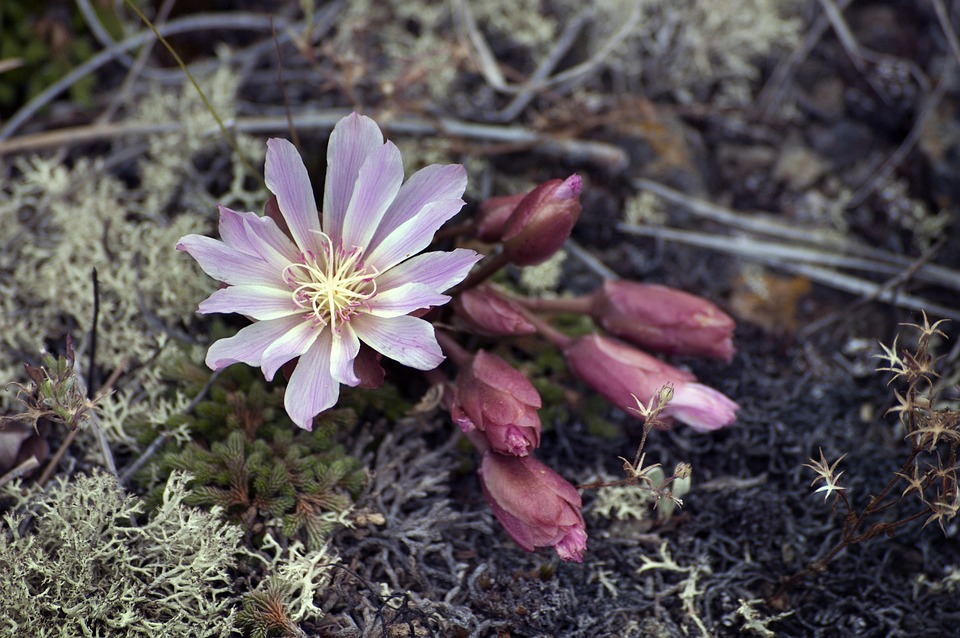How Does Global Warming Affect Biodiversity? Understanding the Impact on Ecosystems Worldwide
Introduction
Global warming, primarily driven by human-induced greenhouse gas emissions, is causing significant changes to the planet’s ecosystems. These changes manifest as rising temperatures, altered precipitation patterns, and increased frequency of extreme weather events. Biodiversity, defined as the variety of life on Earth, is crucial for maintaining ecological balance, resilience, and human well-being. It supports ecosystem services that are vital for food production, clean water, and climate regulation.
1. Habitat Loss and Alteration Due to Rising Temperatures
Shifts in Climate Zones: Rising temperatures are pushing species toward cooler areas, disrupting established ecosystems. For instance, many terrestrial species are migrating poleward or to higher altitudes in search of suitable habitats.
Melting Ice Habitats: The shrinking of polar and mountain habitats poses a severe threat to species such as polar bears and snow leopards. As their habitats diminish, these species face increased competition for resources and potential extinction.
Destruction of Coral Reefs: Warmer ocean temperatures lead to coral bleaching, where corals expel the algae they rely on for energy. This phenomenon severely impacts marine biodiversity, as coral reefs serve as critical habitats for numerous marine species[1][2].
2. Changes in Species Distribution and Migration Patterns
Migration to New Habitats: Many species are relocating to find suitable conditions. This migration can disrupt native species and lead to altered community dynamics.
Disrupted Food Chains: As species shift their ranges, predator-prey relationships are affected. For example, if a prey species migrates but its predator does not, it can lead to population imbalances.
Invasive Species: Climate-driven migration can introduce invasive species that disrupt local ecosystems by outcompeting native species for resources[6].
3. Increased Threat of Extinction for Vulnerable Species
Loss of Specialized Species: Species with narrow habitat or food requirements are particularly vulnerable. For instance, koalas depend on specific eucalyptus trees that may not survive changing climate conditions.
Climate-Induced Extinction Risks: Already endangered species face intensified pressures from climate change, increasing their risk of extinction. The loss of keystone species can lead to ecosystem collapse[7].
4. Impact on Reproductive Cycles and Life Cycles
Early Blooming and Breeding: Altered seasonal cues affect reproductive timing in many species, leading to mismatches in food availability.
Mismatch in Food Availability: For example, if plants bloom earlier due to warmer temperatures but pollinators migrate later, this can disrupt essential ecological interactions.
Temperature-Dependent Reproduction: Some species’ reproductive success is influenced by temperature; for instance, the sex ratio of sea turtles is determined by the temperature of the sand where eggs are laid[9].
5. Ocean Acidification and Marine Biodiversity Loss
Impact on Shell-Building Species: Ocean acidification makes it more difficult for organisms like corals and mollusks to build their shells, threatening their survival.
Disruption of Marine Food Webs: Changes in the abundance and health of foundational species like plankton can have cascading effects throughout marine ecosystems.
Threat to Fish Populations: Warmer and more acidic waters negatively impact fish reproductive health and migratory patterns[1][4].
6. Impacts on Ecosystem Services
Reduced Ecosystem Resilience: Loss of biodiversity weakens ecosystems’ ability to recover from disturbances such as natural disasters.
Threats to Pollination and Agriculture: Declines in pollinator populations due to climate change threaten food security by impacting crop yields.
Water Purification and Soil Health: Biodiversity loss affects ecosystem services like water filtration and nutrient cycling, which are crucial for both human health and ecological stability[10].
FAQs
– What species are most at risk from global warming? Vulnerable species include polar bears, koalas, and various amphibians that have specialized habitat needs.
– How does global warming affect plant biodiversity? Changes in temperature and precipitation patterns can alter plant distributions and phenology.
– What is the link between global warming and ocean acidification? Increased CO2 levels lead to both warming oceans and lower pH levels, affecting marine life.
– How does climate change affect endangered species? Endangered species face heightened risks from habitat loss and changing environmental conditions.
– Are some ecosystems more vulnerable to global warming? Yes, ecosystems like coral reefs, tundras, and alpine areas are particularly sensitive to climate changes[5][8].
– How does global warming impact genetic diversity within species? Habitat fragmentation can reduce genetic connectivity among populations, increasing extinction risks.
– What role do conservation efforts play in protecting biodiversity from climate change? Conservation efforts aim to preserve habitats and restore ecosystems to enhance resilience against climate impacts[6].
Conclusion
Global warming poses profound threats to biodiversity through habitat loss, altered reproductive cycles, ocean acidification, and more. The interconnectedness of these impacts highlights the urgent need for action to mitigate climate change and preserve the planet’s biodiversity for future generations. Protecting biodiversity is not only essential for ecological health but also crucial for human survival and well-being.

Kyle Whyte is a notable scholar and professor at the University of Michigan, holding positions such as the George Willis Pack Professor in the School for Environment and Sustainability and Professor of Philosophy. Specializing in environmental justice, his work critically examines climate policy and Indigenous peoples’ ethics, emphasizing the nexus between cooperative scientific endeavors and Indigenous justice. As an enrolled Citizen Potawatomi Nation member, he brings a vital perspective to his roles as a U.S. Science Envoy and member of the White House Environmental Justice Advisory Council. His influential research is supported by various prestigious organizations including the National Science Foundation, and disseminated through publications in high-impact journals. Kyle actively contributes to global Indigenous research methodologies and education, with affiliations to numerous institutes and societies dedicated to traditional knowledge and sustainability. Recognized for his academic and community engagement, Kyle has earned multiple awards and served in various visiting professorships. His efforts extend to leadership positions on boards and committees focused on environmental justice nationwide.
